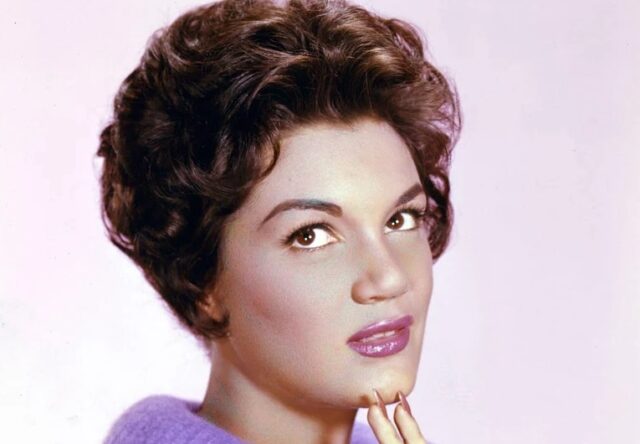Oversaturation in K-pop Will Be Its Fall
The oversaturation of groups in the K-pop industry has propelled the genre into a new dark age that normalizes disbandments and fluctuating microtrends. For those familiar with the K-pop scene, it is not surprising to hear a new group debut every few months or so. In fact, over sixty groups and sub-units debuted in the last year alone.
Only a select few have remained relevant in general K-pop banter, such as LIGHTSUM, Billlie, MIRAE, OMEGA X, PURPLE KISS, and Xdinary Heroes. Although these groups may have released amazing music, the competition for popularity has drowned out the possibility of other, more underrated groups ever reaching the same fame. This is all thanks to the unfortunate oversaturation of K-pop groups.
With so many groups currently debuting, new releases from established groups, and idol produce shows in our midst, many artists from smaller companies are forced to disband. K-pop has grown as an industry. The budgeting for music videos, top producers, stylists, and more has racked up costs for entertainment companies to afford housing for many trainees at one time. Despite less-recognized groups beginning to emerge, for example, the artists above, many still struggle to get their voices out there or even have the chance to compete with many others.
The Issue at Hand
There are many reasons why a group may disband upon debuting—the specifics, per se, of how one group “outcomes” another. When so many new groups enter the scene, each tries to capture the public’s attention. Of course, these artists tend to whip up new and innovative changes to music, which can either work in their favor… or not.
However, the problem arises with the sheer number of new songs released almost daily. These artists cannot all rise to the same popularity as groups that started with a massive fanbase, such as ITZY and Tomorrow X Together. They are currently given even less of an opportunity to stick out, even though social media platforms have allowed for the expansion of new promotional techniques.
Over the same time frame, fourteen groups have disbanded. A prime example of this is 1TEAM, a five-member group previously under Liveworks Company. Some of the members were previously well-known due to their participation in the major produce show MIXNINE, where idols like Ryujin (ITZY), Hyunsuk (TREASURE), and Hongjoong (ATEEZ) came about. The group’s debut was catchy, funky, and addictive, yet it could not compete with many other newly debuted groups of the same era.
What Happens Next?
Is there any way to slow down the process and possibly prevent the influx of new groups? I’m afraid not. But, that does mean that we cannot spread awareness of these issues. One of the main problems regarding the mass disbandment of K-pop groups is the future of many trainees. Not all members from disbanded groups can transfer entertainment agencies and appear in another debut lineup. In 1TEAM’s case, members Xen and Jehyun went on to debut in OMEGA X. However, many others seem to disappear from the Korean music realm altogether.
Although former artists can be offered other entertainment gigs. These can include an acting job or the transition into becoming a soloist. This is not the case for many smaller artists. Disbanding groups who are fairly unrecognizable merely return to their daily lives after spending so much time in the training process.
Trainees are often recruited from a very young age—within the 10-13 time frame—and are taught to sing, dance, or rap while signing documents referred to as “slave contracts.” While these adolescents attend high school and try to balance their busy lives, many of their top priorities are to debut. For many motivated young souls, if their dream is to become a pop artist, nothing can stand in their way.
Once a group disbands, these former artists must integrate themselves back into society. Many of these individuals have found success and contentment after leaving the industry. But this does not rid them of the “what ifs.” Despite failure being a part of life’s struggles, young dreamers could have higher chances of surviving in the industry if companies would step back and possibly reform their current strategies.
Where K-pop Should Go From Here
At last, we come back full circle. The oversaturation of groups in fourth-generation K-pop, which is only projected to increase in future years, affects smaller groups who seek to follow in the footsteps of major music success stories. Positive aspects of such expansion does exist, for instance, more experimental types of music which stand out among typical pop songs. These camp/kitsch styles in pre-release concepts will certainly have an impact on music worldwide.
The possible solutions sound obvious: decrease the number of debuted groups per year. Still, the sheer influence that K-pop has had on global and domestic audiences alike triggers a need for mass audition processes. It may or may not be too late to break down these established practices to develop a new method for finding adequate K-pop candidates. Nevertheless, the future may highlight this system’s underlying benefits. We must wait to find out.

Columnist | K-pop Stan | Tweet me @senaho5








